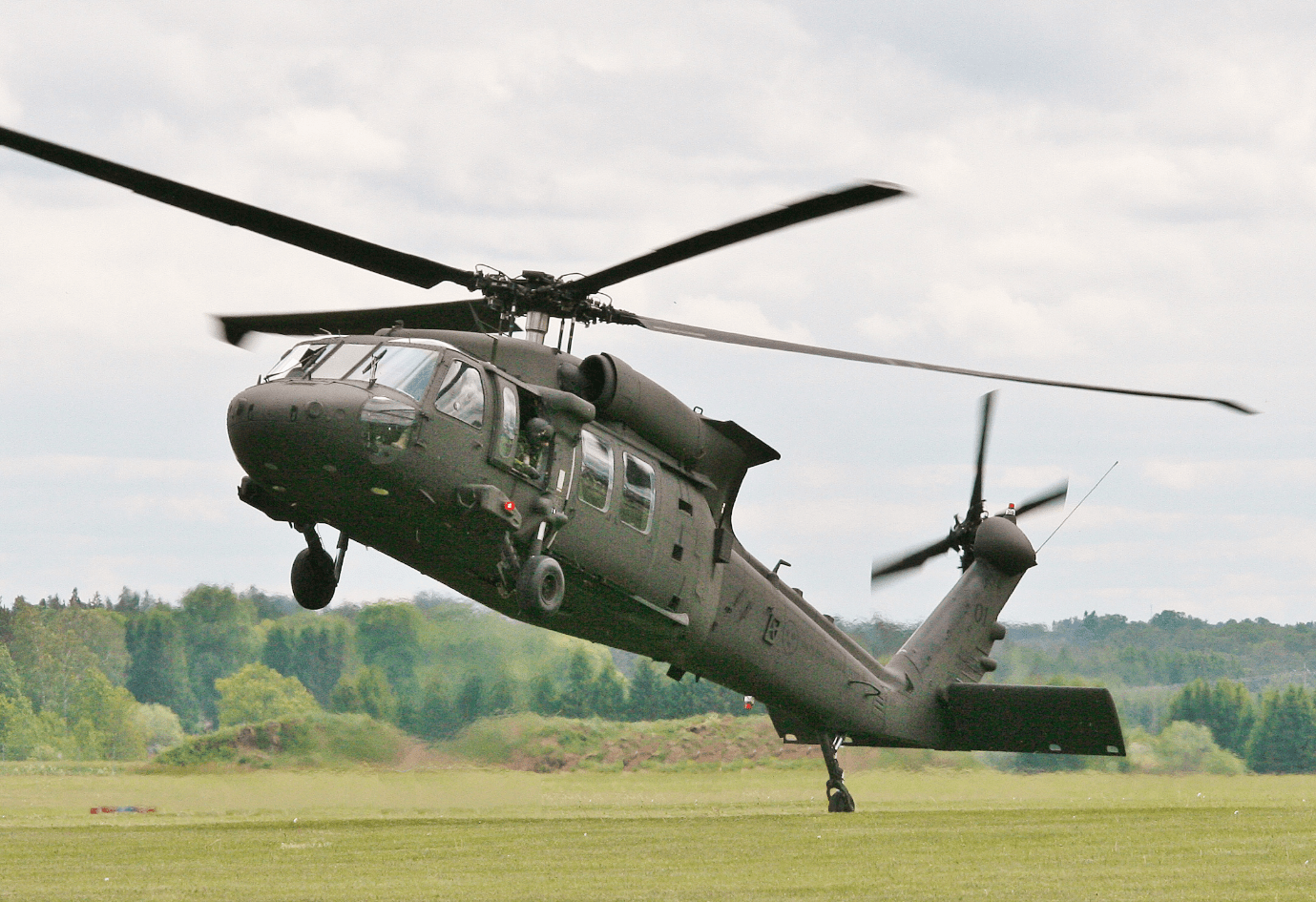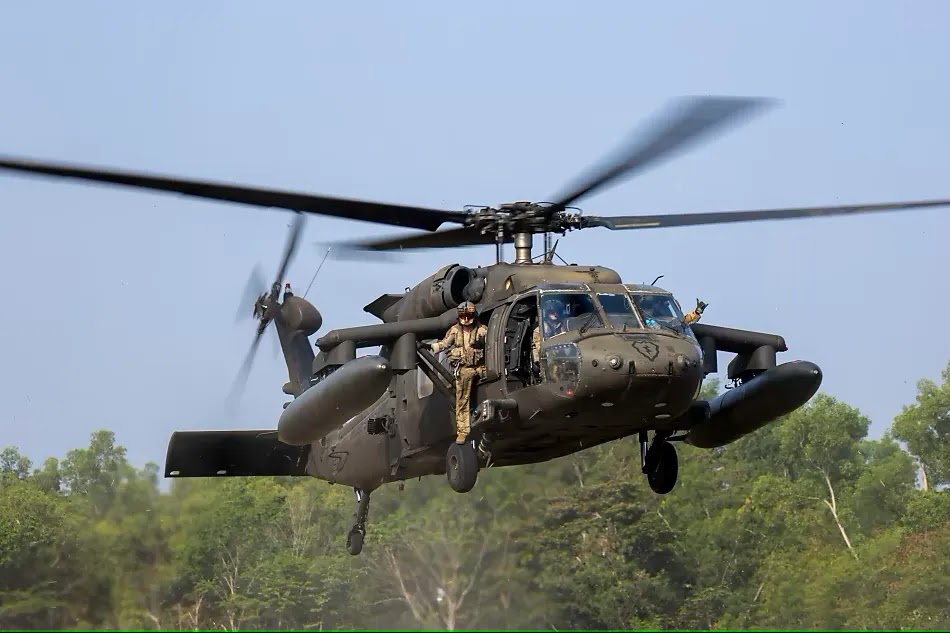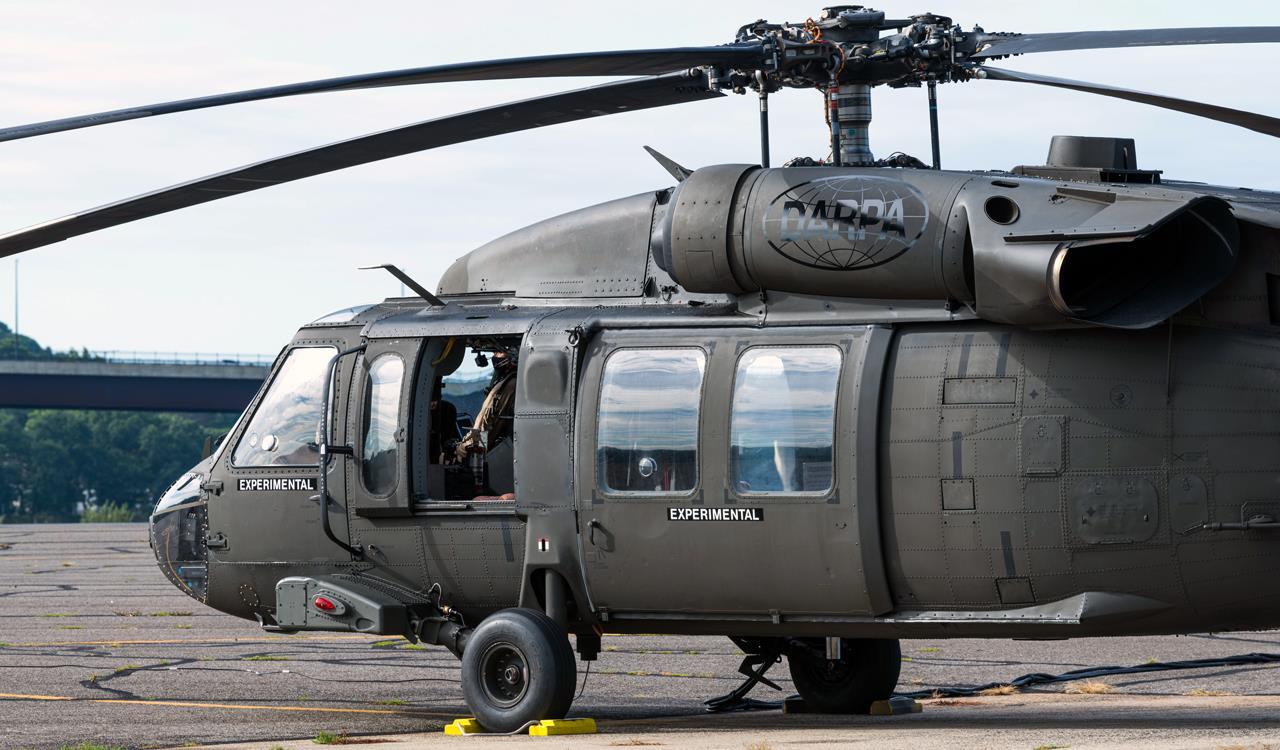Checking Out the Background and Evolution of the UH 60 Helicopter

Beginnings of the UH-60
The beginnings of the UH-60 helicopter can be mapped back to the late 1960s, a duration noted by the requirement for a versatile energy airplane that can adjust to the evolving demands of modern war. The united state Military acknowledged the necessity for a substitute for the older UH-1 Iroquois, which was ending up being increasingly insufficient for the complexities of contemporary combat situations. In 1967, the Military launched the Energy Tactical Transportation Airplane System (UTTAS) program, which looked for to develop a multi-role helicopter efficient in various objectives, including army transport, clinical discharge, and logistical assistance.
The UH-60 Black Hawk was presented, showcasing cutting-edge style elements and advanced innovation that established it apart from its precursors. The UH-60 promptly gained acknowledgment for its robust performance, dependability, and versatility, leading the way for its substantial usage in military procedures and strengthening its status as a keystone of United state Army aeronautics.
Key Design Features
Ingenious style attributes of the UH-60 Black Hawk considerably add to its functional performance. Among the most noteworthy aspects is its twin-engine setup, which boosts dependability and supplies a higher power-to-weight proportion, allowing the helicopter to perform under various problems. The aircraft's four-blade main rotor system offers enhanced lift and ability to move, vital for tactical goals.

In addition, the cabin is made for optimum visibility and ergonomics, featuring advanced avionics that improve pilot operations. The modular design of the UH-60 permits very easy upkeep and adaptability, making it ideal for different goal profiles, from troop transport to medevac operations. These essential style functions ensure that the UH-60 Black Hawk remains a reputable and versatile property in armed forces aviation, efficient in fulfilling the needs of contemporary war.
Technological Innovations
Current technical advancements in the UH-60 Black Hawk have considerably boosted its functional abilities and adaptability. The assimilation of sophisticated avionics, such as electronic flight control systems and improved situational awareness display screens, permits pilots to run with enhanced precision and effectiveness. These systems promote enhanced navigation, communication, and data sharing, making it possible for the helicopter to function efficiently in varied published here settings.
Furthermore, the intro of composite materials has decreased the total weight of the aircraft while preserving structural integrity. This reduction improves fuel efficiency and expands operational range. The unification of advanced blades innovation, including the usage of four-blade, fully articulated rotor systems, has actually enhanced lift efficiency and maneuverability, permitting much better handling in different trip conditions.

Additionally, improvements in propulsion systems, such as the T700-GE-701D engines, have actually increased power outcome and dependability - uh 60. These engines contribute to exceptional performance in hot-weather and high-altitude conditions
Lastly, the integration of self-defense systems and improved sensor bundles improves the Black Hawk's survivability and objective effectiveness. Jointly, these technical renovations make certain that the UH-60 Black Hawk stays an important asset in modern-day aeronautics, capable of adapting to the progressing needs of humanitarian and armed forces missions.
Role in Military Workflow
As the backbone of united state Army aviation, the UH-60 helicopter plays an important duty in different military operations, functioning as a flexible system for combat assistance, transportation, and medevac objectives - uh 60. Its style includes the ability to operate in diverse settings, making it vital for troop activity and logistical support in both unique and conventional war

In medical emptying circumstances, the UH-60 has actually proven important, dramatically decreasing the time to move injured soldiers from the battleground to clinical facilities. Its advanced avionics and night vision capabilities further ensure mission success under challenging conditions. Overall, the UH-60 helicopter stays an important property, constantly adjusting to meet the developing needs of military procedures and boosting the performance of U.S. forces worldwide.
Future of the UH-60
Looking in advance, the future of the UH-60 helicopter entails substantial innovations in technology and capabilities made to improve its functional performance. As military procedures progress, the UH-60 is expected to include advanced technologies, including enhanced avionics, boosted weapons systems, and advanced communication devices. These enhancements will permit greater situational awareness and objective versatility, making certain that the UH-60 stays a vital property on the combat zone.
One noteworthy development is the assimilation of fly-by-wire systems, which will certainly enhance trip control precision and decrease pilot work. Initiatives to update the airframe and engines aim to boost range, rate, and haul ability, consequently increasing the helicopter's functional range.
The future likewise holds promise for boosted interoperability with unmanned aerial systems (UAS), making it possible for you can find out more collaborated missions that utilize both manned and unmanned capacities. In addition, the unification of synthetic knowledge and equipment understanding might optimize flight characteristics and maintenance processes, causing lowered operational prices.
Conclusion
The UH-60 Black Hawk helicopter stands for a significant success in army air travel, developing from the united state Military's initial needs for a versatile utility aircraft. Its ingenious layout functions weblink and constant technological advancements have guaranteed its significance in various army operations over the years. As the demands of contemporary war adjustment, the future of the UH-60 will likely involve additional improvements and adjustments, reinforcing its condition as an important asset for armed pressures worldwide.
The UH-60 Black Hawk helicopter stands for a substantial landmark in army aviation, emerging from the United state Military's quest for a more versatile and dependable energy aircraft in the late 20th century.The origins of the UH-60 helicopter can be mapped back to the late 1960s, a duration marked by the requirement for a flexible utility aircraft that could adjust to the advancing demands of contemporary war. On the whole, the UH-60 helicopter stays a vital possession, continuously adjusting to satisfy the developing demands of army operations and improving the effectiveness of U.S. pressures worldwide.
Looking in advance, the future of the UH-60 helicopter includes substantial advancements in innovation and abilities designed to improve its functional performance.The UH-60 Black Hawk helicopter represents a significant achievement in military aeronautics, advancing from the U.S. Military's first requirements for a flexible utility aircraft.